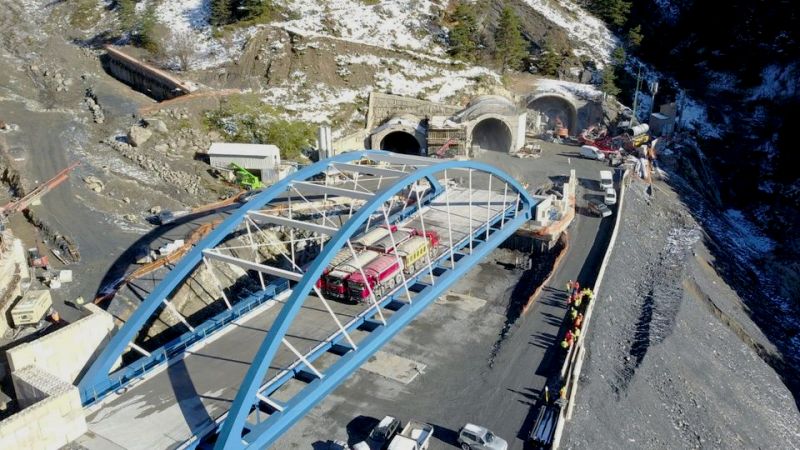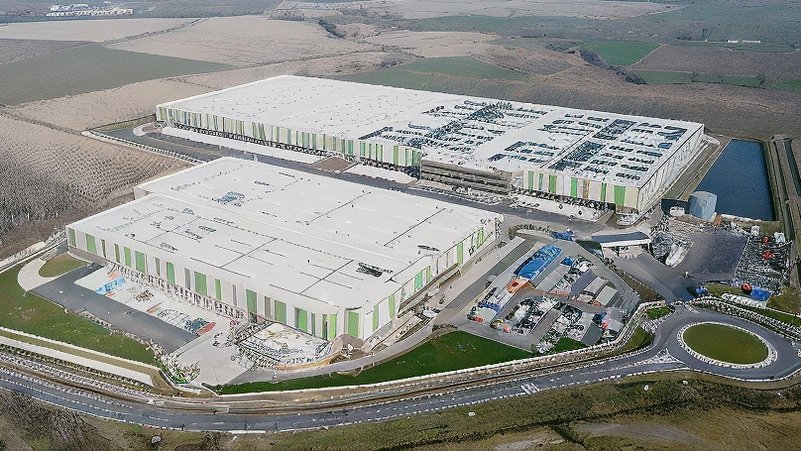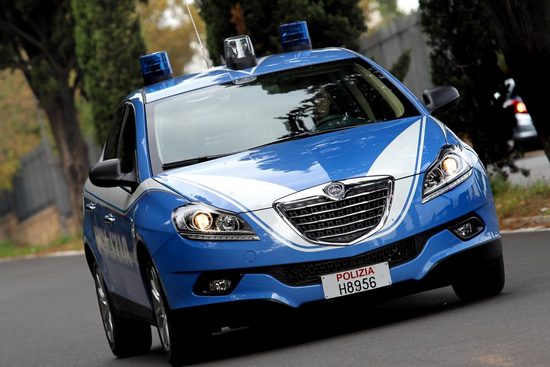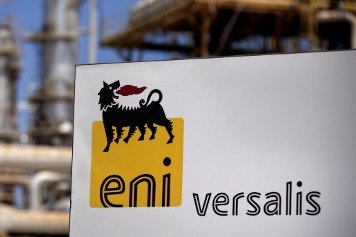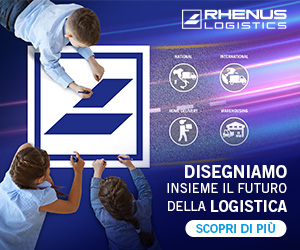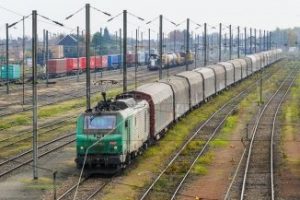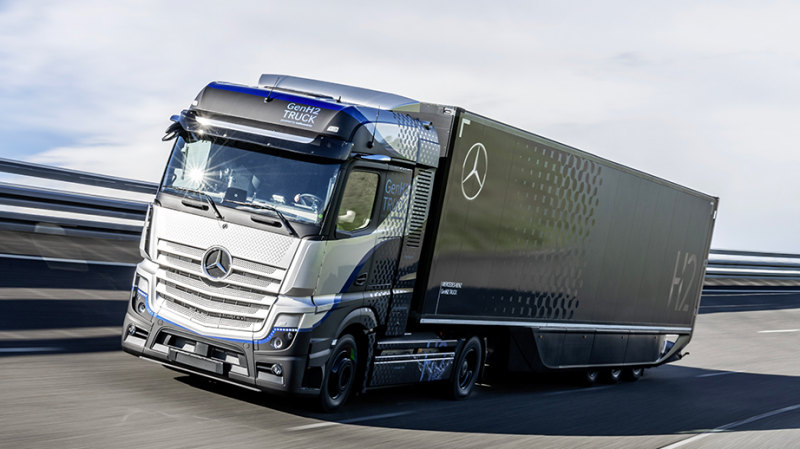At the end of September, the immense exhibition halls of the Berlin fairgrounds played host to InnoTrans 2024, the world’s largest event dedicated to rail transport technology. The event broke records, not only in terms of the nearly 150,000 visitors, but also for the number of exhibitors, close to 3,000, from around 60 countries.
Given the number of participants and stands, one might expect that everything and more was on display. This was true, but in the end, one clear theme emerged: the digital train in its various manifestations. It is no coincidence that the InnoTrans opening ceremony was entirely dedicated to artificial intelligence and the opportunities it offers to operators and the railway sector. Digitalization is opening new perspectives in predictive vehicle maintenance, infrastructure condition monitoring, optimizing train load and capacity, and speeding up the assembly times of freight trains.
However, the background challenge remains: achieving a truly unified railway market at the continental level, standardized at least along the main corridors such as the Ten-T network. Two elements tied to digitalization play a key role here: the European signaling system Ertms/Etcs and the Digital Automatic Coupling (DAC) for freight transport. While these concepts have been discussed for years and several projects exist, many were previously limited to experimental solutions. But at InnoTrans, a shift was noticeable. European railway organizations signed a declaration of intent in Berlin, committing to promoting the adoption of a unified standard along key corridors, addressing all operational aspects in a concrete manner.
In addition to this, the development of technology intended to replace Gsm-R (where R stands for rail) is progressing. The new Future Rail Mobile Communications System has, for the first time, moved beyond scientific discussion and is set to undergo real-world testing. The Polish railway test track, operated by Pkp, will be the site where a group of companies led by Ericsson will soon begin field trials.
Siemens Mobility has also developed the Signaling X suite, which integrates various signaling systems into a single, comprehensive platform, covering everything from maintenance to fully automated vehicle inspections and remote diagnostic systems. Italy’s Rfi was also a key player, showcasing cutting-edge technologies based on artificial intelligence for maintenance, monitoring, and prevention.
Even traditionally conservative sectors did not shy away from innovation. Once again, Knorr-Bremse took center stage with a wide range of innovations. True to its name—"bremse" meaning brake in German—the company unveiled a digital electromechanical brake, marking a revolutionary shift in the railway industry, which until now has been tied to air pressure and mechanical force for train braking operations.
The innovation circle closes with Knorr-Bremse’s development of the DAC 5, a digital automatic coupling device equipped with an electric actuator. This allows freight cars and locomotives to be uncoupled remotely by the same driver through a train control management system or individually via a button next to the coupler. This is part of the broader technology of automatic train detection, where every component of the train communicates seamlessly. While cost remains the final barrier, everything is ready for commercial rollout.
Piermario Curti Sacchi



